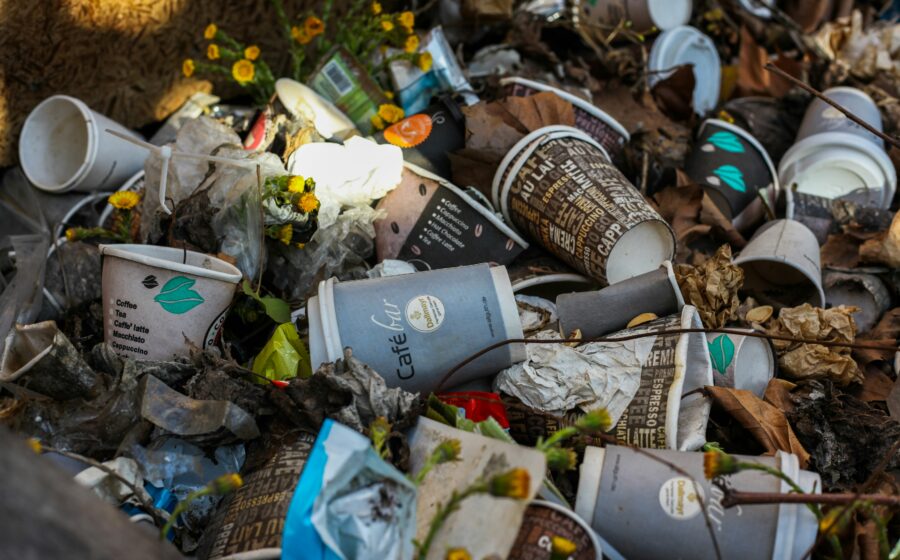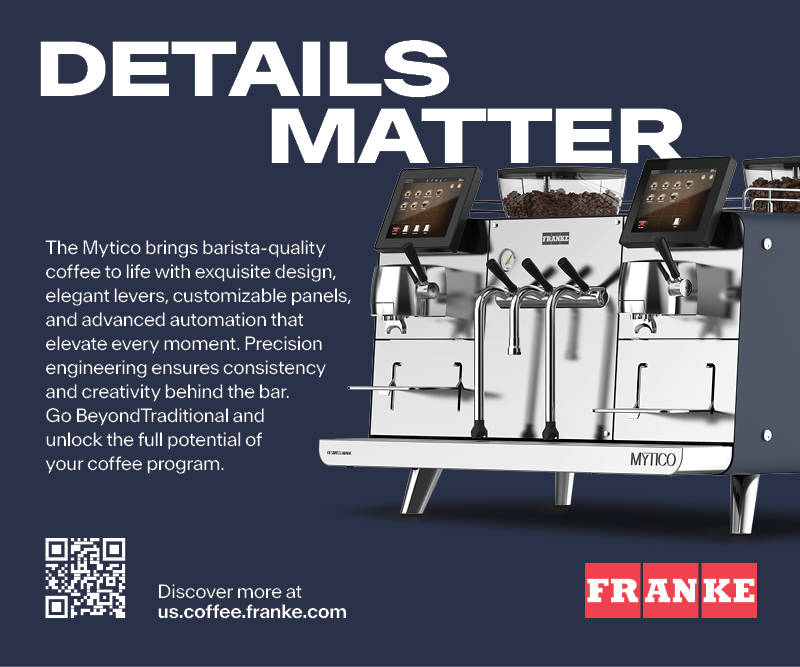✉️ This story was featured in this week’s Coffee News Club
👋 Get the Coffee News Club newsletter in your inbox weekly—sign up.
Coffee creates a lot of waste. Just this week, Fresh Cup published a piece about cascara, the fruit of the coffee seed: only 1-5% of the coffee cherry actually becomes the beverage you drink. The rest goes to waste.
Figuring out what to do with it all—from spent coffee grounds to takeaway cups—is an ongoing process. We’ve looked at coffee waste in depth at Fresh Cup, and this newsletter has brought you updates on many recent projects, such as using grounds to make biofuels or stronger concrete.
Now, researchers from the University of Sharjah in the United Arab Emirates have patented a new technology that uses ground coffee and plastic waste to capture carbon dioxide from industrial emissions.
“What begins with a Starbucks coffee cup and a discarded plastic water bottle can become a powerful tool in the fight against climate change through the production of activated carbon,” Dr. Haif Aljomard, lead inventor of the new technology, said in a press release.
Activated carbon is a porous material that can be used to filter contaminants from air or water—it is one of the main components of a Brita water filter, for example.
To produce it, Aljomard and colleagues combine spent coffee grounds and polyethylene terephthalate (PET), a common plastic used in packaging, with potassium hydroxide, an alkaline chemical widely used in manufacturing fertilizers, soap, and batteries. These substances then undergo co-pyrolysis, a controlled heating process at temperatures of 600°C, to create the activated carbon.
“This invention repurposes two abundant waste streams—coffee and plastic—into a high-performance adsorbent,” Aljomard said. “The resulting activated carbon shows strong potential for capturing CO₂ from fossil fuel-based energy systems, contributing to the reduction of air pollution.”
The researchers suggest their technology could be used in a wide range of industrial operations, from water and air treatment to capturing CO₂ during natural gas production. It also offers a new use for coffee and plastic waste.
“This invention exemplifies circular economy principles by integrating waste streams for dual valorization and upcycling into valuable products,” said co-inventor Professor Chaouki Ghenai. “Through carbonization and chemical activation, we eliminate the need to landfill these materials, protecting the environment from their harmful effects.”









